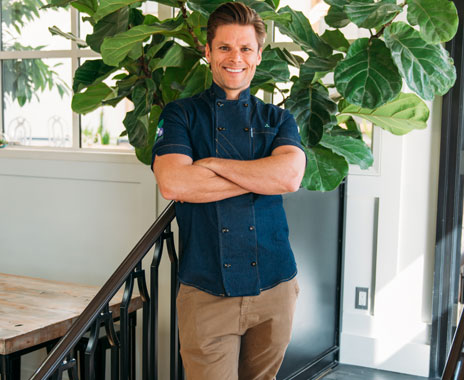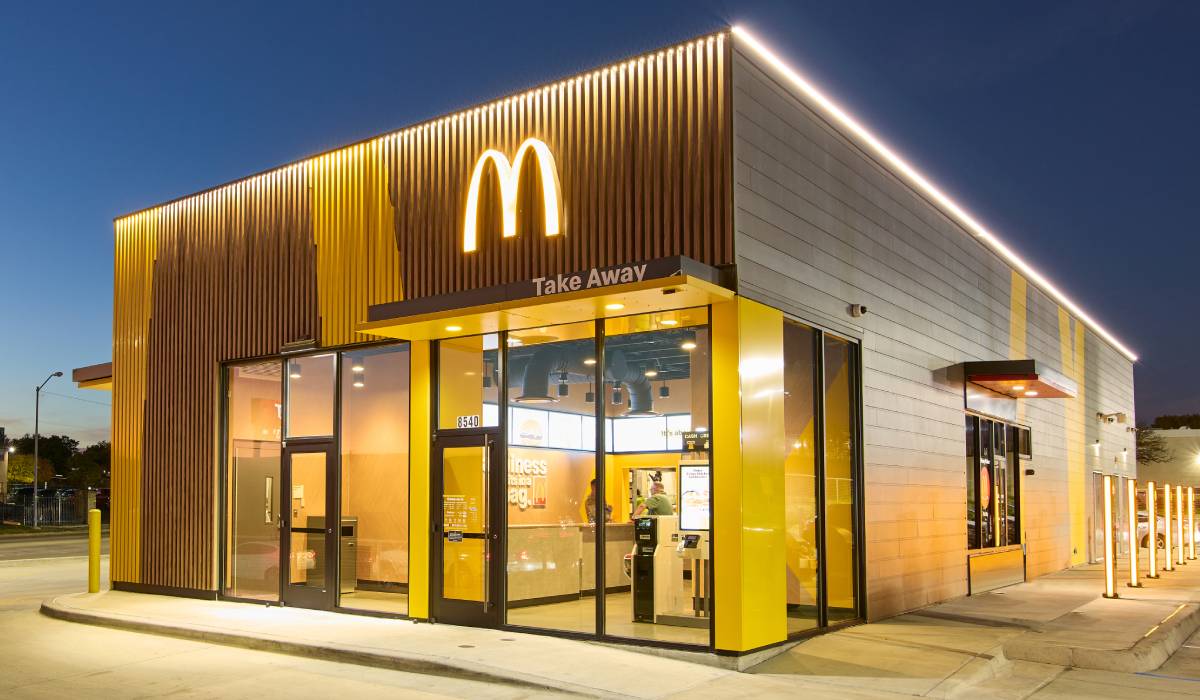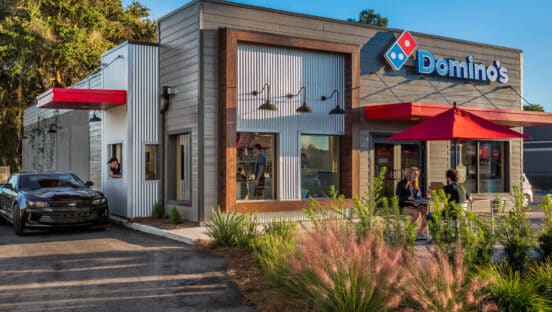As the Great Recession was attaching the proverbial boot to multi-unit restaurants across the nation in 2007, Jon Rollo and his Greenleaf Gourmet Chopshop were preparing for the future.
They just didn’t realize it at the time.
During those white-knuckle months, Greenleaf, a Southern California–based fast casual with a "modern farm stand" vibe, was shaped by its survival tactics. Catering, grab 'n go, and on-site gardens were added. “The Recession motivated us to think outside the four walls and start aggressively going after elements of our business that are now kind of fundamental to what we do,” Rollo says. “We had to face the reality that we either had to get really creative and go find those customers, or we could accept that there are not enough people walking up and down the streets in this recession to pay our bills.”
In 2007, Rollo opened Greenleaf’s first store in Beverly Hills. The second unit, in Century City, didn’t debut until 2010. Two years ago, however, expansion began to pick up momentum. Rollo, who formerly worked for the Patina Restaurant Group, says the company started reinvesting in corporate infrastructure. “It allowed everything to ramp up,” he says.
Fast forward to the present, and Greenleaf just cut the ribbon to its seventh outpost, in Glendale. Rollo and team also have papers signed for an eighth location in Calabasas and are in agreement to bring a unit to USC Village in the near future.
“Right now, we’re focused on Southern California,” Rollos says. “We have ambitions to grow nationwide, and that ambition will be fulfilled over time. But the best and right decision for us at the moment is to make sure we have our home base totally locked and loaded.”
While the pace has picked up, resulting in what Rollo refers to as an “adrenaline-filling” time, Greenleaf plans to grow at its own methodical clip. The goal is to keep all stores company-owned and, as far as logistics are concerned, that blueprint doesn’t build out quickly.
Greenleaf has a full bar in most locations and an on-site chef’s garden at five of the seven. Ideally, the footprint is around 3,000 square feet and includes an outdoor patio, something Rollo calls a “necessity” in Southern California. “It is important to us to have an indoor-outdoor cohesion. There is an atmosphere of what it is like to live here in Southern California and really focus on that natural, quaint setting,” he says.
With those defining characteristics in place, Greenleaf becomes a fast casual that extends beyond an eatery. Almost in the vein of Starbucks, Rollo says, Greenleaf's guests embrace the brand as a lifestyle choice. They can plug in, log into the WiFi, and stay a while, which many do. “We treat our locations like that third stop for people to come every day and create that habit in their daily routine,” he says. “Greenleaf is not just meeting their dining needs, but also their socialization needs. … We wanted Greenleaf to be a healthy lifestyle-oriented brand. And to achieve that, we need to do a lot of things that other fast-casual restaurants do not.”
Of the full bar, Rollo says, “that has been a serious challenge and an expense that we took on to enhance what we offer. If our goal is to be that place where you can go in and get great healthy food, relax, enjoy your time with friends or family—whether it’s lunch, dinner, or brunch on the weekends—that was an important part of what we saw as the fully involved dining experience. So getting all these permits for all these locations is a challenge. But every time, it has enhanced the overall experience and economics of all the units.”
The chef’s garden is also a critical and challenging component. But, again, it's one that Rollo says Greenleaf needs to deliver to its guests if possible. The brand hosts potting and planting classes and welcomes educational trips to the restaurant. Those relationships plant Greenleaf’s roots in the community and mature its repeat business. “The amount of times we’ve heard, ‘Oh that’s how a tomato is grown,’ just blows my mind,” he says. “A lot of people are so removed from where their food comes from that they don’t realize something as simple as berries grown on a certain bush or green beans grown this way will open their eyes to how things are grown and eventually what they want to eat as a consumer.”
“As we look in dense urban areas, it is becoming harder and harder to find an area of land that is unused and able to be cultivated,” Rollo adds. “So we’re looking at alternative methods to take those gardens vertical, or do it on a roof. We will not stop looking because we value that component of not only just our design but also the tie in with what we’re doing.”
Taking these extra steps helps Greenleaf stand out from a very dense fast-casual field in The Golden State. Back in 2007, it was somewhat unique to offer this kind of gourmet, better-for-you food in a limited-service format. The model has blossomed throughout the marketplace in recent years, though, especially on the West Coast. Over time, Rollo says, the restaurant has been able to expand the menu as consumers become more educated on the topic.
“We’ve gone from just focusing on salads and produce-centric foods to higher-quality proteins and putting a lot of items on the menu that explore more of a lifestyle-oriented menu,” he says. That includes everything from Chimichurri Vegetable Pasta to Seared Salmon with Beet-Carrot Puree to Pulled Pork on Pretzel Bread.
Ideally, Rollo thinks Greenleaf can grow by three to four units a year. Yet that path will always be drawn by his team's standards. “We are focused on being forward thinking and ahead of the curve, and we are really a nimble and tight group that can make effective decisions and roll them out quickly,” he says. “We don’t plan on changing that anytime soon.”
Danny Klein is QSR’s digital content editor. Contact him at danny@foodnewsmedia.com.








